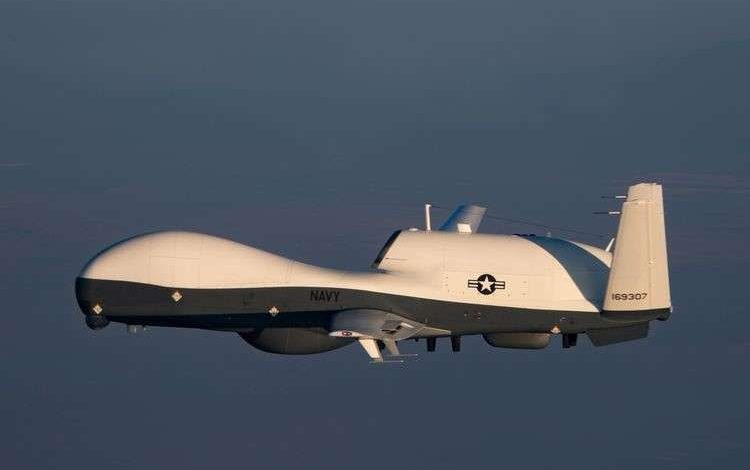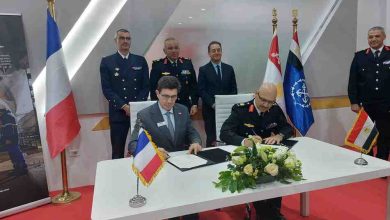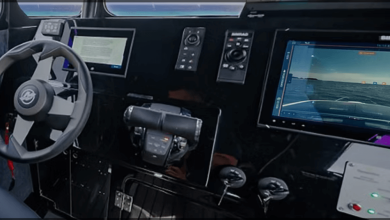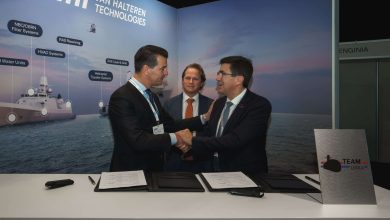
US Navy’s MQ-4C Triton Takes Flight: Celebrating Its Initial Operational Milestone
Northrop Grumman Corporation’s multi-intelligence MQ-4C Triton unmanned aircraft system has attained a declaration of initial operational capability (IOC) from the U.S. Navy.
- The MQ-4C Triton represents the U.S. Navy’s exclusive unmanned, high-altitude, long-endurance platform engaged in ongoing maritime intelligence, surveillance, reconnaissance, and targeting.
- Since reaching early operational capability in May 2020, the U.S. Navy’s Pacific Fleet has deployed Triton within the U.S. Indo-Pacific Command jurisdiction, executing maritime and reconnaissance operations.
- Northrop Grumman has supplied five multi-intelligence Triton drones to the U.S. Navy, with the latest unit delivered in June 2023.
Insights from Specialists:
Rho Cauley Bruner, director of the Triton program at Northrop Grumman, stated, “Triton has demonstrated its essential role for maritime patrol and reconnaissance operations in the Indo-Pacific. Now that the system has secured initial operational capability, commanders can fully utilize Triton’s advanced sensor suite to identify and deter potential threats globally.”
Capt. Josh Guerre, Persistent Maritime Unmanned Aircraft Systems program manager for the U.S. Navy: “Continuous global maritime awareness is pivotal for deterring, challenging, and ultimately overcoming our adversaries. Triton guarantees that we make informed decisions and effectively operate anywhere across the globe.”
Key Information about MQ-4C Triton:
Designed for the U.S. Navy and the Royal Australian Air Force, the multi-intelligence MQ-4C Triton assists in various missions, including maritime patrol, signals intelligence, search and rescue, and communications relay. These aircraft deliver persistent surveillance, helping predict an adversary’s actions and improving military strategy, significantly boosting joint operations.
With a service ceiling exceeding 50,000 feet and an endurance exceeding 24 hours, Triton ensures uninterrupted communications relay, keeping a distributed Navy interconnected while allowing commanders to operate from a unified operational picture. Its unmatched, long-range sensors enable detection, classification, and tracking of maritime targets far beyond the reach of enemy vessels and surface-to-air missiles.
In a single 24-hour mission, Triton can survey an astonishing four million nautical miles.







